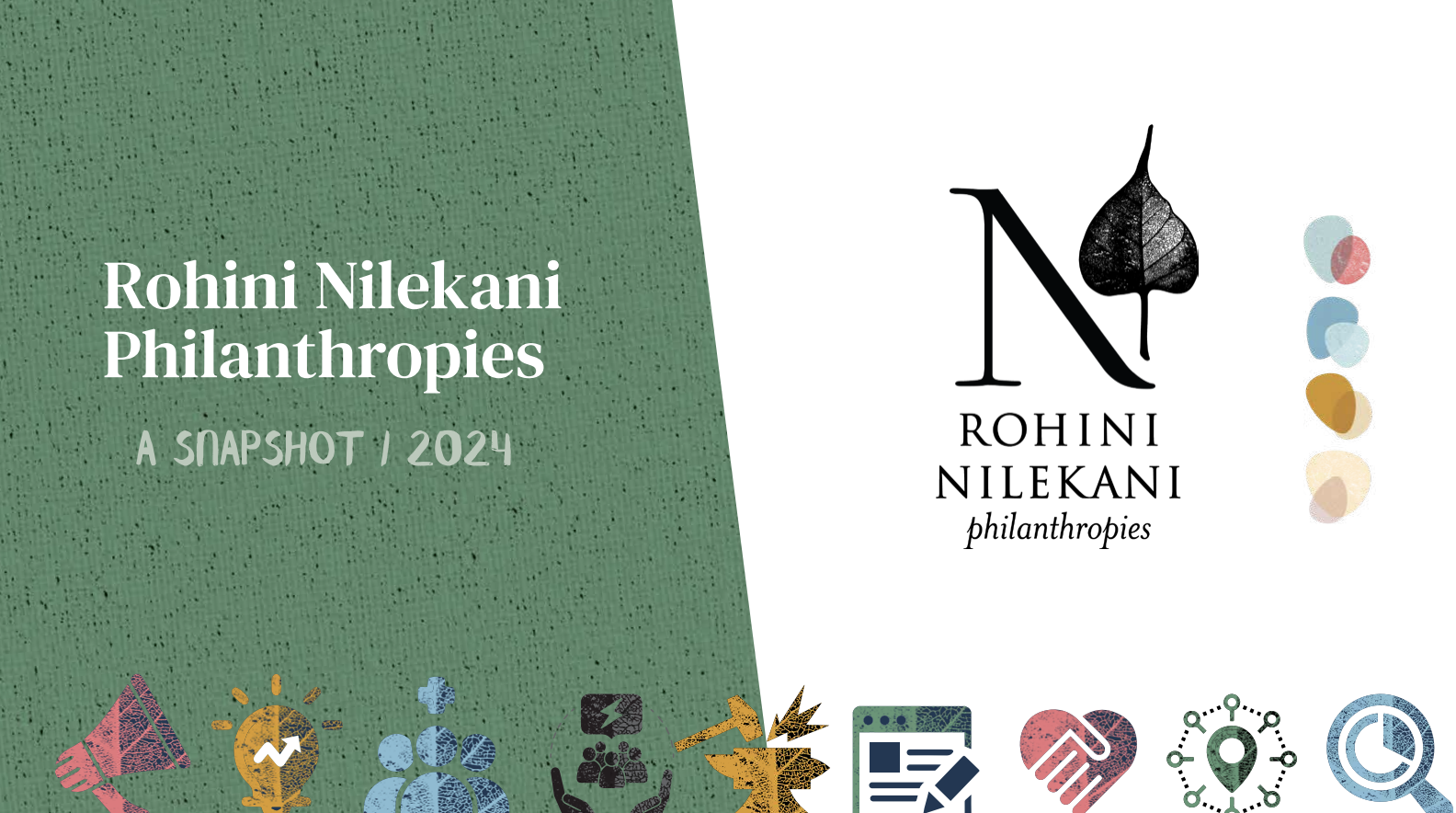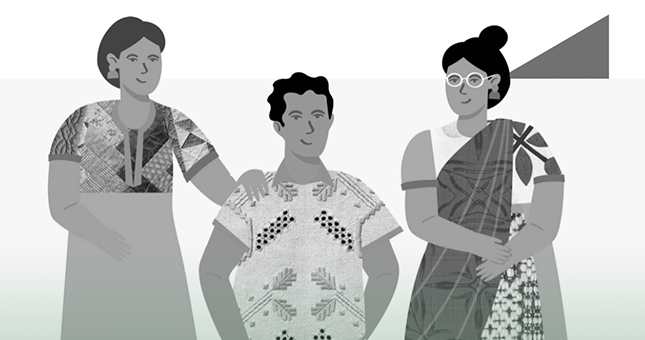Understanding Movements
Key Questions
- What are movements?
- What is their relevance in social change?
- What are some of their defining features?
- How do they differ from programs or collective impact?
Research partner: Kapil Harish Dawda, Co-initiator, Wellbeing movement
We often hear of the word “movement” in social change but what we have struggled with is the depth of the idea. A movement is much more than collective confrontational action. A movement offers an approach to social change that is different from and complementary to programs and collective impact. It encompasses shared, bottom-up action by a diverse collective of participants to bring wide-scale change. It often commits to shifting norms, attitudes and policies, thereby transforming the field in which social and political change happens.
A movement often commits to changing norms, attitudes and policies. It builds a societal muscle in people to participate in this change process.
Today’s challenges require ‘samaaj’ (society) to lead the conversation and the ‘sarkaar’ (government) and ‘bazaar’(markets) to listen, understand and engage with them. We see movement-based approaches build a muscle in ‘samaaj’ to play their role in the change process.
We have put together this understanding by conversing with change-makers in the Indian context and referring to research on movements at a global scale.
Key Takeaways
- It is important to differentiate between movements, programmes, and collective impact initiatives as approaches to understand how organisations with similar visions and objectives may organise their efforts differently.
- Organisations deploy more than one approach; it is good to visualise them as a spectrum on which organisations may operate.
- There are varying degrees of consistency in applying these principles in collective-impact based and movement-based approaches.
You may also want to read



